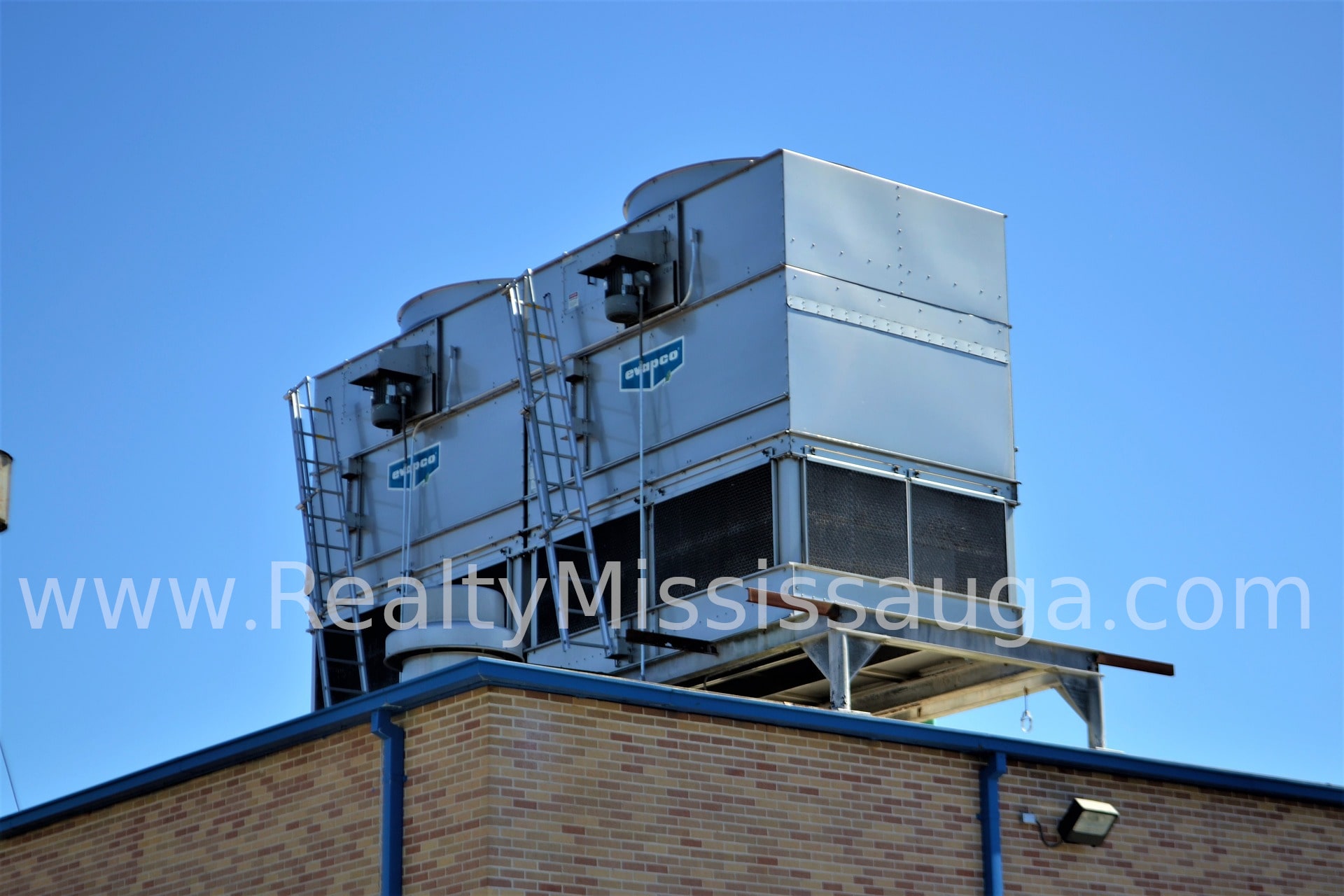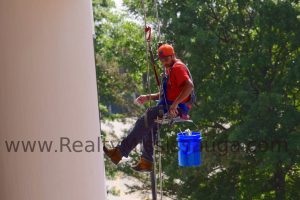Installation of Air Conditions and Electric Water Heater in Mississauga: The central air conditioning system: No one can’t beat the comfort and clearness of central air conditioning. Integrated into your home’s existing ductwork and controlled by your regular thermostat, it not only provides cooling, but also humidity control. For all, there is no heavy unit in your indoor rooms. If necessary, we can install custom ductwork for you.
Ductless air conditioner
If you live in an older home without existing ductwork, ductless AC may be a great option for you.
Ductless air conditioners rely on thin cables that are easy to run through walls and do not require damaging or expensive construction. Indoor units can be mounted on the roof or a wall, where they are out of the way.
How to install a central air conditioner
If you have recently purchased a new central air conditioner unit for your home, you may wonder if you can complete a DIY installation. While this may sound like a cost-effective solution to install the unit, it is not a great idea. Due to the complexity of the installation, it is important that you always hire a qualified technician to complete your installation.
By attempting to install your air conditioner unit, you risk the possibility of damaging your unit.
You can reduce efficiency and cause other problems that will affect the life of your air conditioner in the future. A qualified engineer will be able to ensure that your air conditioner is installed accurately and efficiently. Leaving you with a soft and comfortable home in summer.
What can I expect during installation?
On the day of establishment, a lot will happen. Although you will not need your technician to complete the work, it is a good idea to understand what will happen during installation. Here are some steps that your technician will complete on the day of your installation.
- Your old unit will be removed, or a new duct system will begin to be installed.
- The installation will replace the submission. Slabs of concrete can be placed on your air conditioner to relax.
- Your new air conditioner will be positioned and connected to the indoor system.
- Your thermostat will be connected to your new unit.
- Your air conditioner will turn on and have a final inspection
Electric water heater installation in Mississauga
The water heater is an essential item in any home. When problems arise with your water heater, there will be clear signs, such as a water leak from your unit. Before you buy Electric water heater, know everything in detail about Installation of Air Conditions and Electric Water Heater in Mississauga. These problems often arise without warning and can be solved with water heater repair or water heater installation. Some other common signs that require repair or installation:
- Unusual noise from the tank
- Any type of discoloration
- Water temperature is lukewarm
- Unpleasant smells and smells
- Hot water shortage
- The temperature of an extreme nature
Storage water heater
Most water heaters are storage (tank) models. These insulated tanks can hold anywhere from 20 to 120 gallons and may feature electric heating elements or gas burners. Tanks are stratified by hot water at the top, and cold water coming to the bottom is continuously supplied until hot water is supplied.
The most important advantage of a storage water heater is that the heating elements can be quite small. Because a large amount of water is stored, and because hot water is drawn, the tanks are stratified, they can supply continuous hot water without significant gas or electric current to heat the water.
On the downside, water storage tanks will lose heat continuously, because, despite the insulation, the difference in temperature across the insulated wall is significant.
Tankless water heater
Tankless water heaters were developed to address additional heat loss and hot water drainage issues. Tankless water heaters never run out of hot water, as long as the water heating capacity is capable of meeting the required hot water demand.
Some drawbacks for tankless units include the fact that they may initially be significantly more expensive than storage heaters, and may sometimes require additional spare parts.
Tankless gas-heaters also require some larger burners than gas-fire tank heaters. Electric tankless heaters also require a sufficient current draw to heat a house, and multiple breakers and the wiring required for these large current flows can also be expensive.
How to install an electric water heater
Installing an electric water heater can be challenging, but with a little knowledge of both plumbing and electrical work, you should be able to follow our procedures.
Required Materials and Items
Before we dive in, you must find all the tools and materials needed to make your work a seamless process. Here are some of the tools you’ll need:
- Protective gloves
- Voltage detector
- Soldering iron
- Pipe cutter
- Screwdriver
- Wrench
- Pipe dope
- Hose
A step-by-step guide on the installation of electric water heaters
Step 1: Turn off the power and remove the old electric heater
If you are replacing old electric water due to one mistake or the other, you need to remove it first. Disconnect the power source from the circuit breaker unit to your electric water heater.
After this, the tank has to be emptied. We have written a post on how to dry a water heater. Close the valve and attach a hose to drain the tank. Use any tool such as a screwdriver, tubing cutter, or pipe wrench to remove the remaining connecting parts.
Step 2: Disconnect the power cord
Disconnect the electrical cables from the top of the electric heater. Double-check that the circuit breaker in the breaker box is closed.
Now check the wiring with the voltage detector before starting. Close the wire and insert a mark or labelling to prevent possible confusion at a later stage. Alternatively, you can take a photo.
Step 3: Close the supply pipe
Cut and disassemble hot ad cold water supply pipe. This is especially important if the manufacturer uses copper piping to plumbing your water heater.
Tubing is ideal for cutting pipes or cutters. Also, leave enough tubes to allow easy fixing, and you can also remove the discharging pipe connected to the T&P valve.
Alternatively, you can use a soldering iron to solder copper pipe to the cold water inlet. First, heat the pipe with a torch and solder it for consumption.
Step 4: Reconnect the power cables
Flip the junction box cover for free access to the electric wires and connect the ground wire to the green ground screw.
Join cables; You can bend them using wire connectors. Use the pre-wire connection as a guide and reconnect the wires as they were before you started working on it. And also, replace the junction box cover.
Step 5: Install the supply lines
Be sure to attach the supply line and turn on the water. Connect both hot and cold water supply lines. Join cold water pipes and cold water inlets for the water heater.
In the case where copper piping was used in your old water, you can ignore the new water piping. For homeowners in the earthquake area, consider using seismic straps to strengthen the studs using shafts and sockets.
Step 6: Attach the pressure discharge pipe and temperature.
If it is not already installed, consider installing a new T&P relief valve. It is not recommended to use an old valve. The T&P valve prevents damage from opening automatically when there is high pressure or temperature.
Clean the end of the pipe and fittings, then connect it to the joint. Use solder and a flashlight to connect the pipe.
Step 7: Switch on the circuit breaker.
Place it on the circuit breaker in the main power box.




